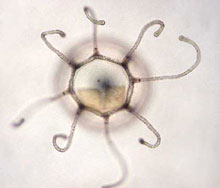The Senegambian stone circles…
I bet you haven’t heard of the Senegambian stone circles.
So, what are they?
The Senegambian Stone Circles are various stone circles that are spread over thousands of miles in both Senegal and the Gambia.
It seems that every continent has its ancient secrets. No one is sure exactly how old these things are…

From Wikipedia, the free encyclopedia
“The stones were erected around the eighth century on top of earlier graves. The ten to twenty-four stones in each circle vary in size up to ten-ton stones, from 1 to 2.5 metres high and are generally of laterite. The stones mark burials and were erected before the twelfth century. There are around 1,000 stone circles, the biggest concentration being more than 1,000 stones in fifty-two circles at Djalloumbéré and those around the village of Wassu, which has a museum devoted to them. One notable circle is actually a V formation. Traditionally, for unknown reasons, people leave small rocks on the stones. The use to which the stones were put is not clear but recent excavation work (2006), reported by the National Geographic Society, suggests a funerary purpose given the large number of human remains found at the sites. Archaeologists at the site are pursuing the theory that different parts of a body were buried at different sites and at different times…” (The rest is here.)
For more info on these mysterious circles, click here.
Share

